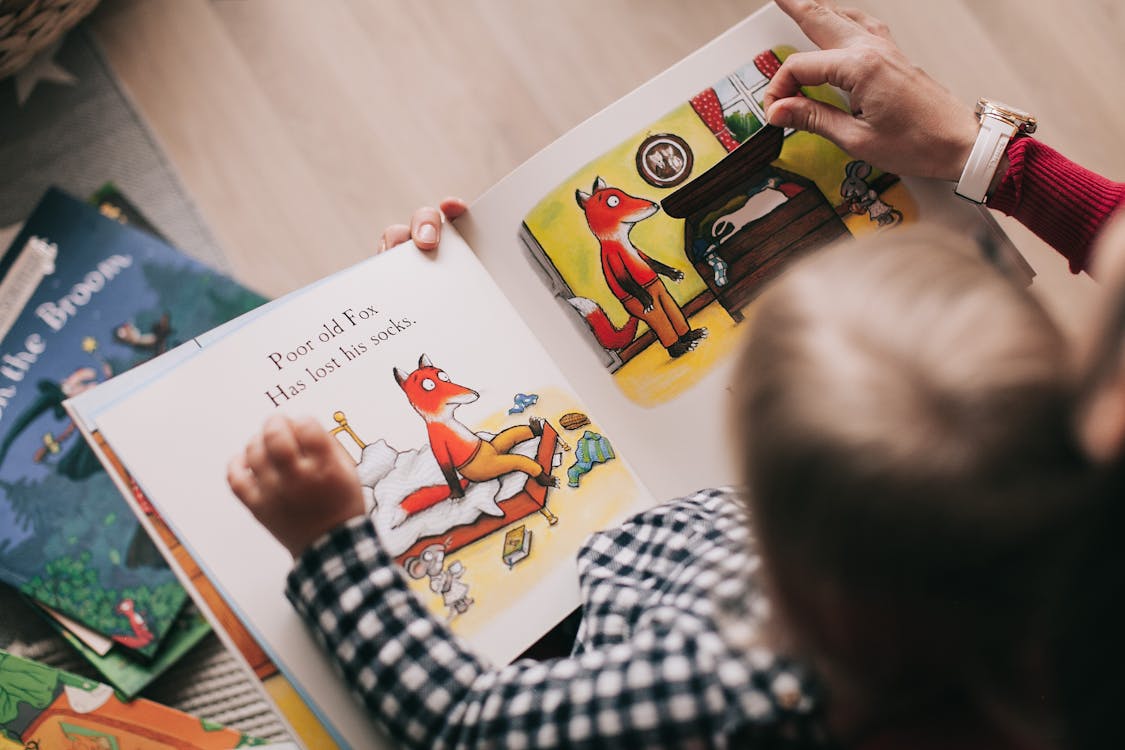Learning to read in early childhood is a pivotal step in a child's development, fostering a deeper understanding of their environment, enabling information retrieval from printed materials, and offering a delightful avenue for entertainment through stories and rhymes. Children progress at varying rates, but as a parent, it's crucial to be attuned to your child's maturity and reading level, ensuring they have access to suitable books and activities for optimal improvement.
As primary educators, parents play a vital role in introducing their children to the world of books and reading. Here are some valuable tips to guide you in teaching your child to read.
Tip #1: Simultaneous Introduction of Alphabet Letters and Sounds
Research indicates that children learn best when exposed to both letter names and sounds simultaneously. A study involving 58 preschoolers found that those taught letter names and sounds together were more likely to grasp the sounds of letters whose names provided cues to their pronunciation [1]. Encourage your child to trace the letters while enunciating the corresponding sounds. For instance, when teaching the letter "A," guide your child to say, "The letter A makes the /A/ (ah) sound," while tracing the letter with their finger.
Tip #2: Emphasize Proper Reading Order
Reinforce the fundamental concept that reading should follow a left-to-right and top-to-bottom order. While this might seem obvious to adults, children aren't inherently aware of this rule. Some may initially read from right to left if not explicitly taught otherwise. Always stress this point when teaching your child to read.
Tip #3: Start with Final Consonant Blends
Introduce final consonant blends early on in the reading journey. Teaching words like "at" and "and" serves as a gateway to learning rhyming words. For example, starting with "at" leads to words such as lat, pat, mat, and so on. Similarly, introducing "and" opens the door to rhyming words like sand, band, land, and more. Begin blending once your child has a grasp of consonant sounds and short vowel sounds, rather than waiting until mastery of all letters.
Learning to read is a gradual process, but it doesn't have to be challenging. By breaking it down into intuitive and logical steps, even a two-year-old can start the journey towards reading proficiency. Older children can achieve even more with consistent guidance.
Effective Strategies for Teaching Your Child to Read
Learning to read in early childhood is a pivotal step in a child's development, fostering a deeper understanding of their environment, enabling information retrieval from printed materials, and offering a delightful avenue for entertainment through stories and rhymes. Children progress at varying rates, but as a parent, it's crucial to be attuned to your child's maturity and reading level, ensuring they have access to suitable books and activities for optimal improvement.
As primary educators, parents play a vital role in introducing their children to the world of books and reading. Here are some valuable tips to guide you in teaching your child to read.
Tip #1: Simultaneous Introduction of Alphabet Letters and Sounds
Research indicates that children learn best when exposed to both letter names and sounds simultaneously. A study involving 58 preschoolers found that those taught letter names and sounds together were more likely to grasp the sounds of letters whose names provided cues to their pronunciation [1]. Encourage your child to trace the letters while enunciating the corresponding sounds. For instance, when teaching the letter "A," guide your child to say, "The letter A makes the /A/ (ah) sound," while tracing the letter with their finger.
Tip #2: Emphasize Proper Reading Order
Reinforce the fundamental concept that reading should follow a left-to-right and top-to-bottom order. While this might seem obvious to adults, children aren't inherently aware of this rule. Some may initially read from right to left if not explicitly taught otherwise. Always stress this point when teaching your child to read.
Tip #3: Start with Final Consonant Blends
Introduce final consonant blends early on in the reading journey. Teaching words like "at" and "and" serves as a gateway to learning rhyming words. For example, starting with "at" leads to words such as lat, pat, mat, and so on. Similarly, introducing "and" opens the door to rhyming words like sand, band, land, and more. Begin blending once your child has a grasp of consonant sounds and short vowel sounds, rather than waiting until mastery of all letters.
Learning to read is a gradual process, but it doesn't have to be challenging. By breaking it down into intuitive and logical steps, even a two-year-old can start the journey towards reading proficiency. Older children can achieve even more with consistent guidance.
>> Discover a straightforward, step-by-step program that facilitates your child's reading journey. Watch a video showcasing a 2-year-old reading effortlessly here.
Notes: [1] J Exp Child Psychol. 2010 Apr;105(4):324-44. Epub 2010 Jan 25. Learning letter names and sounds: effects of instruction, letter type, and phonological processing skill. Piasta SB, Wagner RK. Preschool Language and Literacy Lab, The Ohio State University, Columbus, OH 43210, USA.


إرسال تعليق